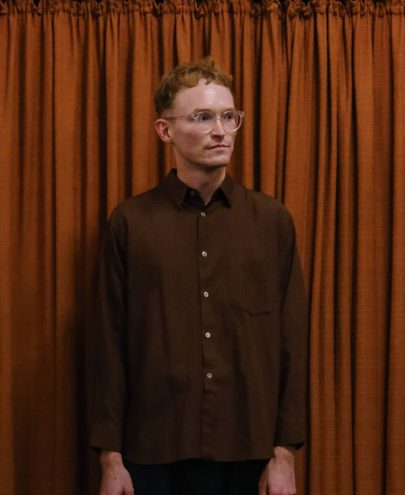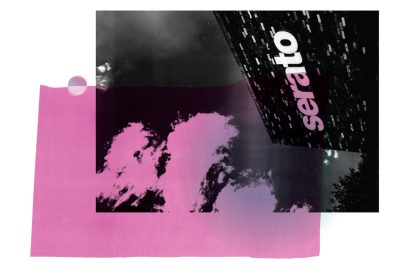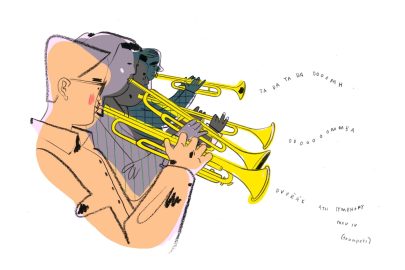Jun 23, 2014 Music
The Beatles arrived in Auckland on June 24, 1964. “You’re not royalty,” the police told them.
Above: George and Ringo wear Mt Albert Grammar caps; Paul, Avondale College; John with a mortar board.
“We didn’t want them here,” the chief superintendent of the Auckland police, Alphonse Quinn, told tour manager Lloyd Ravenscroft, “and I don’t know why you brought them.” Quinn wasn’t alone.
Auckland City councillor Tom Pearce, who was also president of the Rugby Football Union, was incensed that Mayor Dove-Myer Robinson proposed to host a civic reception for the visiting Beatles. He told the council: “Last evening I welcomed home a team of footballers. They were all fine young men but there was no civic or mayoral reception for them. If we are going to pander to the hysteria, antics, adulation, rioting, screaming and roaring, and all the things these bewigged musicians engender then I think we should make a point of honouring any youths with a sporting background who are at least endeavouring to act in the best traditions of the young men of this nation.”
“We never ask for civic receptions,” John Lennon said at a press conference. “We don’t expect them. If people do it we’re flattered but if they don’t, that’s that.”
The Beatles arrived in Auckland at midday on June 24. A welcoming committee of 300 who travelled out to Whenuapai (then the commercial airport) were frustrated when they discovered the plane had been ordered to land a quarter of a mile away from the passenger terminal. “They’re here!… but the fans didn’t see them” ran the Auckland Star’s headline.
It wasn’t long before they did. Three thousand people jammed into Victoria St West in front of the Royal International Hotel (now the site of the vertical bungee) where the Beatles stayed.
Bob Kerridge, now executive director of the SPCA Auckland, handled publicity for the tour promoter, the Kerridge organisation. He recalls: “The fans arrived around lunchtime because word had got out as to when the Beatles were due so the road was completely blocked. Everyone was thinking, ‘They’ll go in the main entrance,’ but the Beatles were being brought round into Elliott St and down into the delivery cart dock behind the hotel.”
That didn’t really help. Kerridge: “We hadn’t reckoned on the pavement being at one angle and the ramp [to the cart dock] positioned on a sharp downward descent. The Beatles were in a very long Cadillac, and when the car went across the footpath, it got stuck.
“Meanwhile, the fans had sussed out what was going on… We had to frantically rock the car to get it over and then try and quickly get the roller door down. While we were doing that, kids were rolling underneath [the door] and we were rolling them back out again. It was a shambles.”
Girls lost shoes and handbags and had their clothes torn. Three fainted and one, who was trampled on, was taken to hospital by ambulance. Only a handful of police were on duty to control a dangerously hysterical crowd numbering thousands. When Derek Taylor, the Beatles’ press officer, telephoned Quinn to ask for a police escort to get the Beatles from the hotel to the Town Hall, he was coolly informed, “You are not royalty.”
The first Auckland concert was nearly cancelled as a result — and then Mayor Robbie stepped in, ringing the city’s traffic commissioner to arrange for civilian patrol vehicles to handle the task.
Robbie’s outdoor welcome to the Beatles, held outside the Town Hall before a lively crowd of 7000, was the highpoint of the Beatles’ time in Auckland. There was a haka and a poi demonstration, and the Beatles clapped and hongi’d. Paul said a thank you, and all four of them stood on chairs to give the crowd a final look, before returning to the cars.
The Beatles played four shows in Auckland, each one of them filled with fans who screamed from start to finish. That’s how it was.
This month, a 50th anniversary tour tribute band plays Auckland, and the Play it Strange Foundation has organised two charity concerts, featuring Graham Brazier, Tim Finn, Fiona McDonald, Don McGlashan and more.





